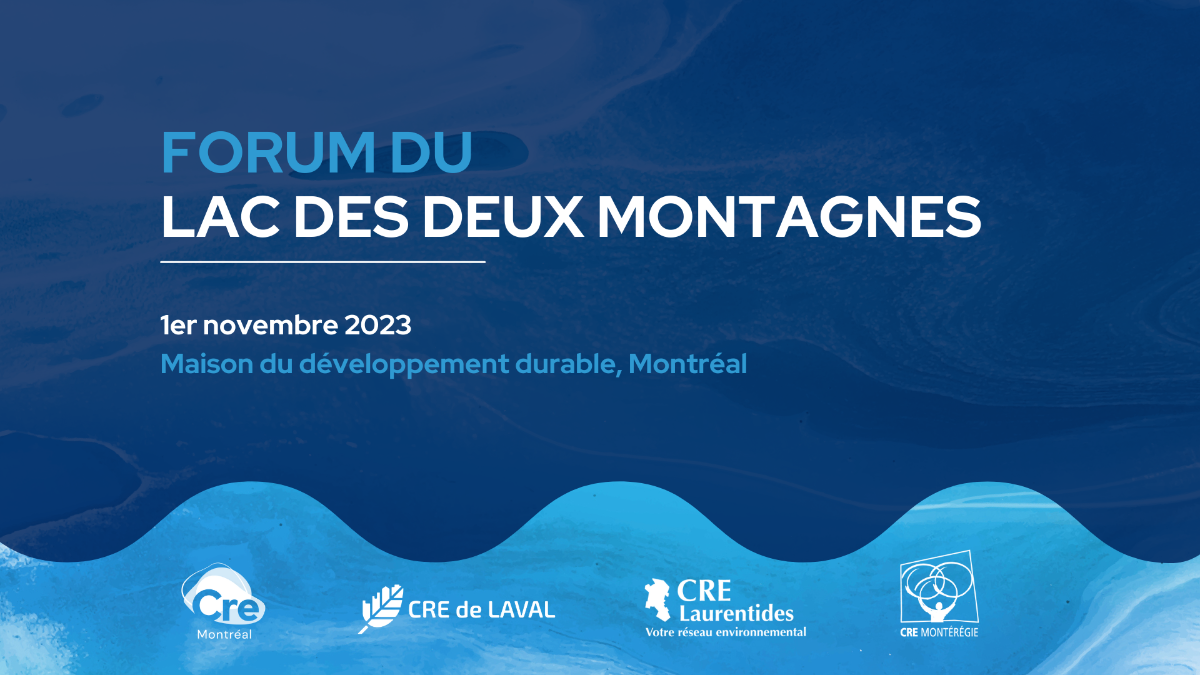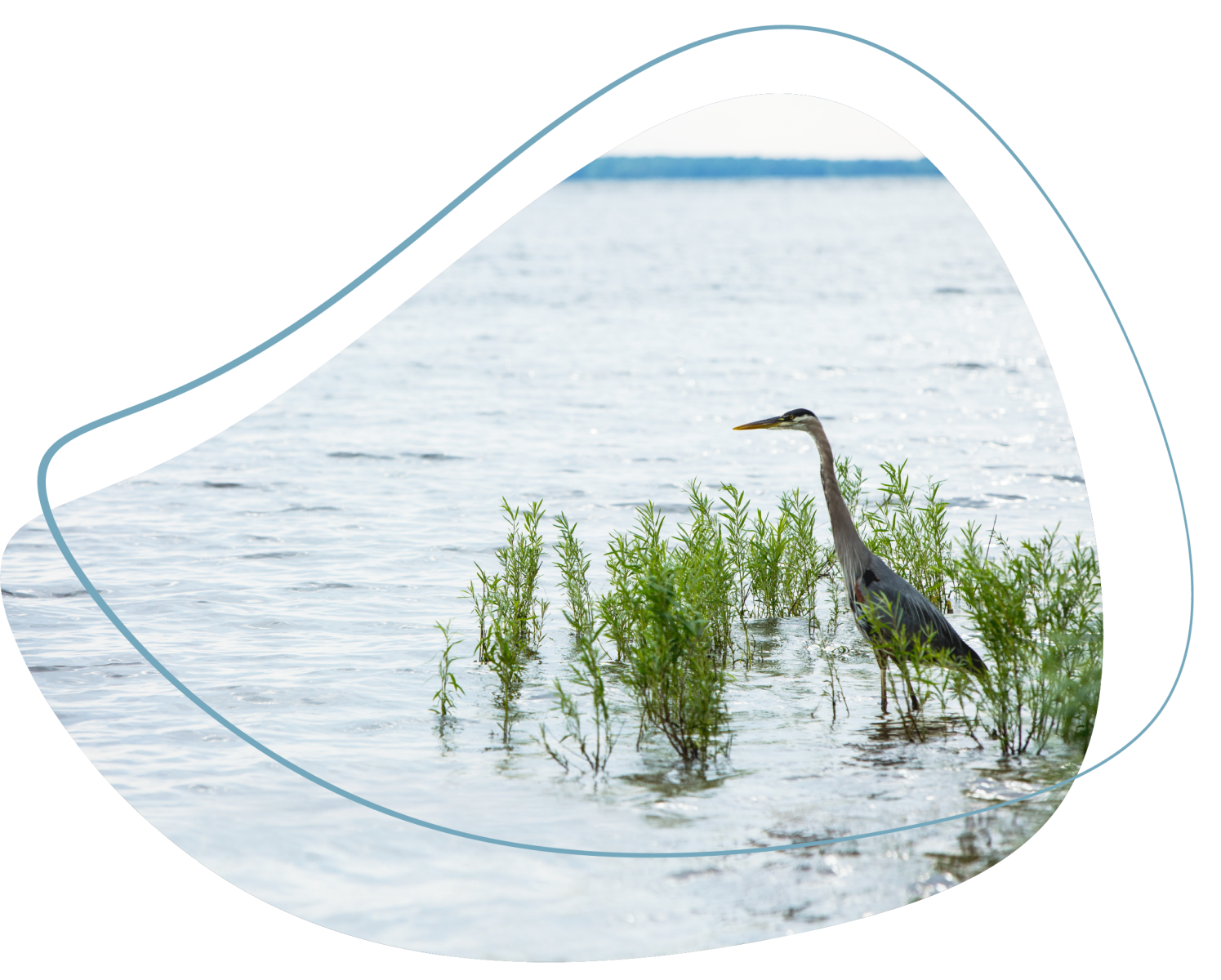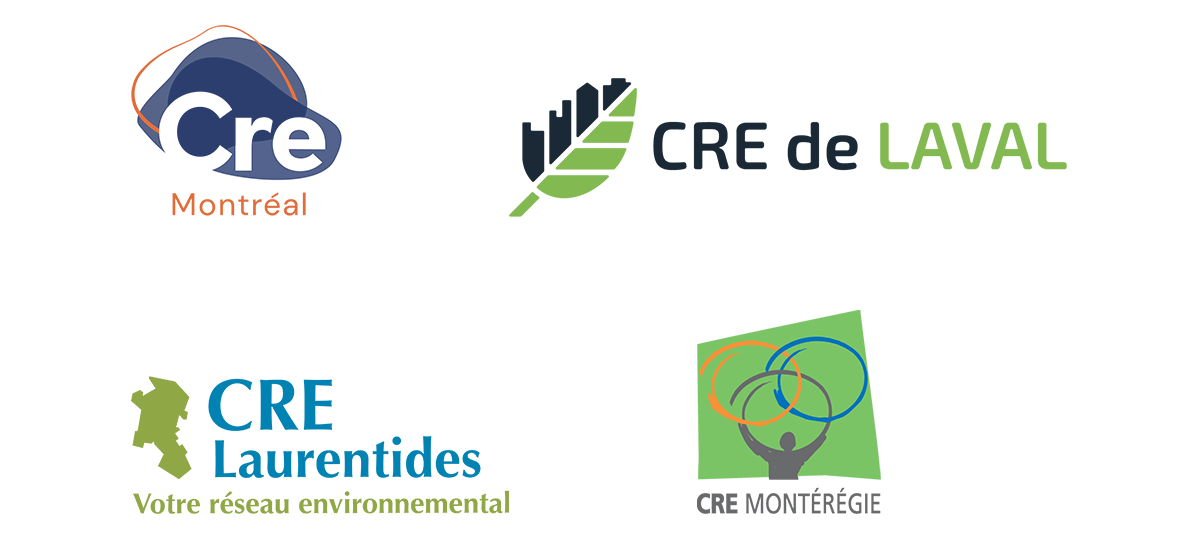
Protecting and promoting the natural heritage of the Deux Montagnes lake
Point of contact between the Outaouais river and the St. Lawrence river, the Deux Montagnes lake holds a strategic position for biodiversity protection and the health of the Greater Montreal area's population. Natural junction area between the Laurentians, Montérégie, Laval and Montreal, the lake is a rich living environment offering magnificent landscapes where vulnerable ecosystems and human activities coexist.
Climate change, pollution and the numerous human activities both on and around the lake have direct consequences on water quality, bank erosion as well as ecosystems' and the population's health.
Faced with these facts, the Conseils régionaux de l’environnement (CRE) of Laval, the Laurentians, Montérégie and Montreal initiated a vast consultation and mobilization process in order to collectively define a vision for the territory and to create a Charter of commitment.

Photo credit: SÉPAQ
A shared territory project
The consultation process aims, by June 2024, to initiate a large-scale mobilization to unify multisectoral stakeholders around the protection of the Deux Montagnes lake through the creation of a Charter of commitment.
This Charter constitues the first step towards the creation of a concerted action plan for the lake and its region which forms part complimentarily with existing actions and planning tools.
This Charter is addressed to municipalities, organizations, enterprises and any other stakeholders that can directly and concretely act for the protection and enhancement of this body of water. Based on a concerted future vision, the Charter will suggest orientations and strategies to establish.
Anticipated results
By combining knowledge, actions and resources, a close and efficient collaboration will be easier between stakeholders in a shared goal to protect and enhance the Deux Montagnes lake.
Over the long term, the implementation of a concerted, interregional strategy will contribute to:
- Improve the quality of the water supplying the drinking water treatment plants;
- Lower the vulnerability of natural environments in regard to climate change, such as floods or heavy rains;
- Increase the protection of vulnerable ecosystems;
- Reinforce the attractiveness of the territory through the improvement ofrecreational tourism and a more harmonious conciliation of uses; swimming, fishing and aquatic activities;
- Improve access to the unique landscapes of the Deux Montagnes lake (such as opening beaches);
- Implement best practices in land use planning, agriculture, protection of water bodies, storm water management, waste water treatment, natural environments protection, applied research, landscape protection, sailing and outreach.
Concertation structure
The steering committee is made of the four CRE leading the project as well as the general coordination:

The advisory committee has the mandate to advise the steering committee. It provides expert and scientific advice abou tthe steps and orientations of the process. It gives recommendations. The members are also essential stakeholders that are called upon to mobilize themselves for the creation and implementation of the Charter. It is made of 10 members, in addition to the members of the steering committee:
- CRM of Deux-Montagnes
- CRM of Vaudreuil-Soulanges
- Metropolitan community of Montreal
- Great parks service of the City of Montreal
- Oka National park
- ZIP Committee - Jacques-Cartier
- Nature Conservancy of Canada
- Environment and Landscape Chair, University of Montreal
- Fisheries and Oceans Canada
- Multiuniversity research group in limnology (Groupe de recherche interuniversitaire en limnologie)
The partners committee includes stakeholders that are either public or private organizations, municipalities, First Nations, research centers, specialistes, etc., of different sectors that are directly targeted by the process and able to act for the protection and enhancement of the Deux Montagnes lake.
Those partners are asked to co-build the contents of the Chart by participating to the concertation activities. Over the long run, partners are compelled to become signatories of the Chart or allies in the implementation of the commitments identified.
The intermittent partners are entities and persons indirectly targeted by the project that may be asked to contribute to the reflexion process thanks to their expertise or support the mobilization through their power of influence.
Resources
- Descriptive pamphlet of the project (in French)
- Overview of the Deux Montagnes lake (in French)
Next events
-
November 1, 2023 - Deux Montagnes lake Forum (schedule)
-
Winter of 2024 - Thematic meetings
Additional information
For any information request, contact Raphaëlle Devatine
Financial partners
.jpg)



